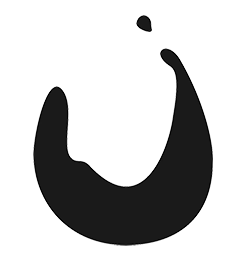2015 Delavenne Père & Fils Brut Millésimé Grand Cru Champagne
This is Delavenne’s flagship cuvée, only produced in exceptional years. It is 100% grand cru fruit, with only the best bunches used. It really doesn’t get much better than this.
Organic farming practices, native yeast fermentation, no fining/filtering, & vegan-friendly.
$75.00
Out of stock
Champagne Delavenne is a family-owned estate based in the heart of Bouzy, located in the Montagne de Reims. Their family expertise meshes regional tradition with unique modern techniques, which in turn, create beautifully complex wines that can undeniably withstand the test of time.
Champagne Delavenne is a récoltant-manipulant, more colloquially referred to as Grower Champagne. This is a classification for Champagne producers who vinify wines exclusively from estate-grown fruit. (These types of producers are easily identifiable by the RM on their labels.) This style of independent winemaking allows the producer to have full control over every stage of production, from harvest to vinification to bottling and beyond.
As opposed to the general practice in Champagne, Champagne Delavenne does not perform malolactic fermentation. Rather, the family lets their wines evolve in vats as naturally as possible, though this labor-intensive process requires irreproachable hygiene, daily checks, and lots of patience. Their Champagnes age in natural cellars carved out of the local chalk for a minimum of three years – and even longer for the vintage cuvées. This meticulous attention to detail is clearly expressed in their high-quality champagnes which age better and express the typicity of their terroir.
This is Champagne Delavenne’s first time exporting to the state of California and we are so proud to be working with them!
CHAMPAGNE, FRANCE
Champagne, the place where their reputation is as respected as their wines. This prestigious region is home to some of the most premium sparkling wines in the world. Champagne is a province located in the northeast of France, just a few hours from the big city of Paris. Due to having a cool and continental climate, frost can be one of the biggest challenges here. To minimize frost, you’ll find that the vineyards are planted on slopes and have well-draining chalk soil. Within the region, there is only one appellation, Champagne AC. Although, there are 5 main sub-regions: Montagne de Reims, Vallée de la Marne, Côte des Blancs, Côte de Sézanne, and Côte des Bar, and many premier cru and grand cru villages. Champagne producers are known to be committed to sustainable agriculture lessening the using of many fertilizers and pesticides. Fun fact: You’ll often hear many people call sparkling wine from other regions, Champagne, but the term Champagne can solely be used if the wine comes from this region only. There are three main grape varietals used in winemaking: Chardonnay, Pinot Noir, and Pinot Meunier. These grapes are used to make wine in the traditional method, meaning they will undergo a second fermentation in the bottle to be later sold. It is a technique often used for premium sparkling wines, but can be costly (for consumers as well) and time-consuming. Champagne can come in a range of quality levels and style all varying flavors, sweetness, and levels of aging. Brut (dry) Champagne is by far the most popular. Non-vintage wines, using wine from different years, can be lighter in body with more fresh fruit flavors than those of specific vintage wines. Vintage wines are likely to be from the best growing years and parcels of grapes, but not always! Keep your eyes peeled for the increasing trend of Brut Nature Champagne, this means no added sugar and is the driest style of Champagne.






